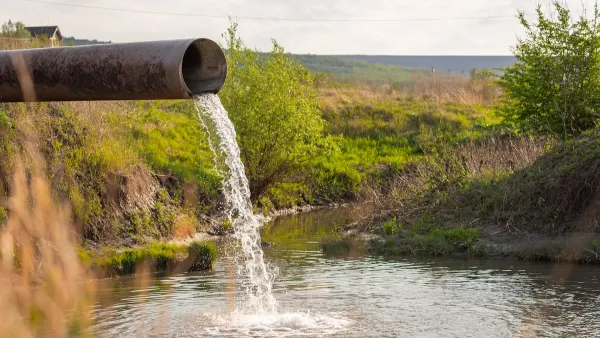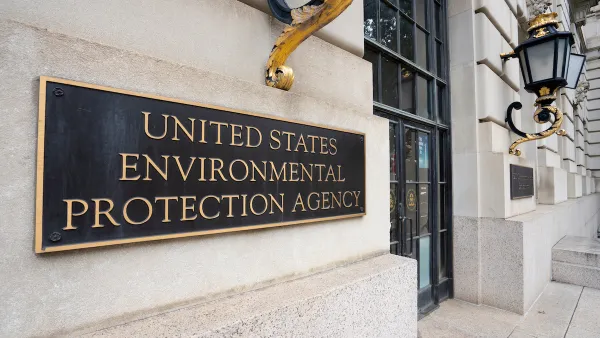According to a newly released report by the Paris-based International Energy Association (IEA), "Tracking Clean Energy Progress 2013", notwithstanding some bright spots, there is little progress in reducing the carbon content of energy sources.
Ben German provides the depressing account of the state of world energy provided by the new report released April 17 at the fourth Clean Energy Ministerial taking place in New Delhi, India. The lack of progress can largely be placed on the increased use of coal throughout much of the world.
“Despite much talk by world leaders, and despite a boom in renewable energy over the last decade, the average unit of energy produced today is basically as dirty as it was 20 years ago,” IEA Executive Director Maria van der Hoeven said on April 17.
From IEA's press release: "To illustrate this inertia, the report, Tracking Clean Energy Progress, introduces the Energy Sector Carbon Intensity Index (ESCII), which shows how much carbon dioxide is emitted, on average, to provide a given unit of energy. The ESCII stood at 2.39 tonnes of CO2 per tonne of oil equivalent (tCO2/toe) in 1990, and had barely moved by 2010, holding at 2.37 tCO2/toe."
German note's two bright spots: "Green energy development has increased sharply worldwide, and in the U.S., the world’s second-largest greenhouse gas-emitter (after China), growth in natural gas-fired power at coal’s expense has helped curb carbon emissions."
In Europe, on the other had, greenhouse gas emissions rose due to increased consumption of coal (in part due to Germany's reduction of nuclear power and the higher price of natural gas compared to the U.S.).
Neela Banerjee of the Los Angeles Times wrote about the 1.6% decline in greenhouse gas emissions from 2010 to 2011 reported by the Environmental Protection Agency.
The decrease continued an overall decline in U.S. greenhouse gas emissions, down 6.9% since 2005. The EPA said the drop from 2010 to 2011 is driven mostly by power plants switching from coal to natural gas, which emits less carbon dioxide when burned.
Correspondent's note: The IEA website, http://www.iea.org/, was having difficulty on April 18 - perhaps on account of too many hits to access the Tracking Clean Energy Progress report.
FULL STORY: International Energy Agency: Progress toward low-carbon energy ‘stalled’

National Parks Layoffs Will Cause Communities to Lose Billions
Thousands of essential park workers were laid off this week, just before the busy spring break season.

Retro-silient?: America’s First “Eco-burb,” The Woodlands Turns 50
A master-planned community north of Houston offers lessons on green infrastructure and resilient design, but falls short of its founder’s lofty affordability and walkability goals.

Delivering for America Plan Will Downgrade Mail Service in at Least 49.5 Percent of Zip Codes
Republican and Democrat lawmakers criticize the plan for its disproportionate negative impact on rural communities.

Test News Post 1
This is a summary

Test News Headline 46
Test for the image on the front page.

Balancing Bombs and Butterflies: How the National Guard Protects a Rare Species
The National Guard at Fort Indiantown Gap uses GIS technology and land management strategies to balance military training with conservation efforts, ensuring the survival of the rare eastern regal fritillary butterfly.
Urban Design for Planners 1: Software Tools
This six-course series explores essential urban design concepts using open source software and equips planners with the tools they need to participate fully in the urban design process.
Planning for Universal Design
Learn the tools for implementing Universal Design in planning regulations.
EMC Planning Group, Inc.
Planetizen
Planetizen
Mpact (formerly Rail~Volution)
Great Falls Development Authority, Inc.
HUDs Office of Policy Development and Research
NYU Wagner Graduate School of Public Service





























